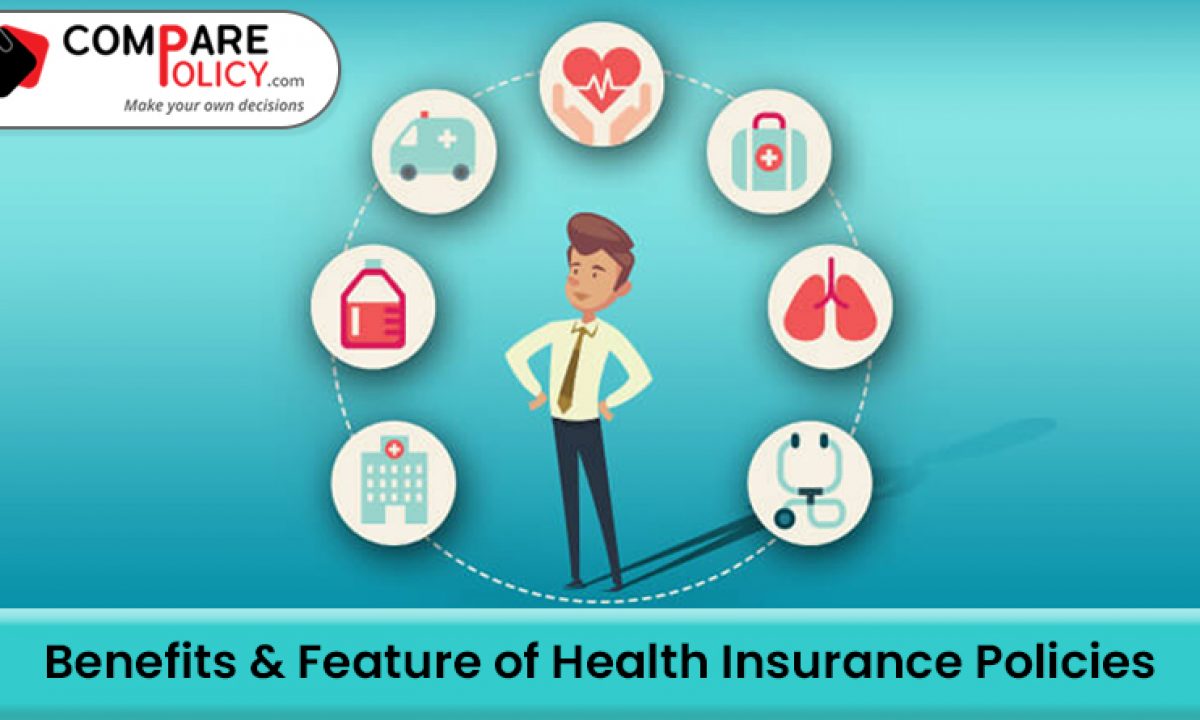Medicare Advantage Agent - An Overview
Medicare Advantage Agent - An Overview
Blog Article
Medicare Advantage Agent - Questions
Table of ContentsThe Best Strategy To Use For Medicare Advantage AgentSome Known Details About Medicare Advantage Agent Little Known Questions About Medicare Advantage Agent.

follows from adheres to the puzzling young age profile of the uninsured with without insurance better health, on average, standard younger personsMore youthful For those without access to work environment wellness insurance policy, poor health and wellness is a prospective barrier to acquiring nongroup protection since such insurance coverage might be very priced, exclude pre-existing problems, or be simply inaccessible. Unless otherwise noted, nationwide estimates of individuals without health and wellness insurance coverage and proportions of the populace with various kinds of coverage are based on the CPS, the most commonly used source of quotes of insurance policy coverage and uninsurance prices.

Medicare Advantage Agent Things To Know Before You Buy
Over a three-year duration starting early in 1993, 72 million people, 29 percent of the united state population, were without protection for at the very least one month. Within a solitary year(1994), 53 million people experienced at the very least a month without protection(Bennefield, 1998a). 6 out of every 10 uninsured adults are themselves used. Working does improve the probability that one and one's household members will have insurance, it is not an assurance. Also participants of households with 2 full time breadwinner have nearly a one-in-ten chance of being uninsured (9.1 percent without insurance price)(Hoffman and Pohl, 2000 ). The connection between medical insurance and access to care is well established, as documented later in this phase. Although the partnership between medical insurance and wellness outcomes is neither direct neither basic, a substantial scientific and wellness services study literary works web links wellness insurance policy protection
to better accessibility to care, better quality, and boosted individual and population health and wellness status. For instance, the second report, on individual wellness end results for uninsured grownups, is represented by the innermost circle of the number, while the third record, on household health, encompasses the subjects of the second report yet stresses a different unit of evaluation, namely, the household. The sixth record in the collection will certainly offer details about methods and campaigns embarked on locally, statewide, or country wide to attend to the absence of insurance policy and its negative effects. Levels of analysis for checking out the results of uninsurance. This discussion of health insurance policy protection concentrates mostly on the united state population under age 65 because basically all Americans 65 and older have Medicare or other public insurance coverage.
It focuses particularly on those without any health insurance coverage for any kind of length of time. The problems encountered by the underinsured remain in some areas comparable to those dealt with by the uninsured, although they are typically less extreme. Uninsurance and underinsurance, nonetheless, involve noticeably different policy issues, and the methods for resolving them may differ. Throughout this research and the five records to comply with, the primary emphasis is on persons without any health insurance policy and hence no support in spending for healthcare beyond what is available through charity and safety and security internet institutions. Medical insurance is an effective variable affecting invoice of care because both patients and medical professionals respond to the out-of-pocket rate of solutions. Medical insurance, however, is neither needed neither adequate to obtain access to medical services. The independent and straight result of wellness
insurance coverage protection access accessibility health wellness solutions well establishedDeveloped Others will get the health treatment they require also without medical insurance, by spending for it expense or seeking it from carriers that provide care totally free or at extremely subsidized rates. For still others, medical insurance alone does not make sure receipt of care due to other nonfinancial barriers, such as an absence of healthcare carriers in their neighborhood, limited accessibility to transport, illiteracy, or linguistic and social distinctions. Official study regarding without insurance populations in the United States dates to the late 1920s and very early 1930s when the Committee on the Price of Medical Care created a series of records about funding physician workplace check outs and hospital stays. This concern ended up being significant as the numbers of clinically indigent climbed during the Great Clinical depression. Empirical researches continually sustain the link between accessibility to care and improved wellness end results(Bindman et al., 1995; Starfield, 1995 ). Having a routine resource of care can be taken into consideration a forecaster of accessibility, instead of a direct action of it, when wellness end results view it now are themselves utilized right here as access signs. This extension of the concept of accessibility measurement was made by the IOM Board on Monitoring Access to Personal Healthcare Solutions(Millman, 1993, p. Whether or not parents are insured shows up to affect whether their youngsters receive treatment in addition to exactly how much careeven if the kids themselves have insurance coverage(Hanson, 1998). The health of moms and dads can affect their ability to look after their youngsters and the level of family stress. Fretting about their children's accessibility to care is itself a resource of stress and anxiety for moms and dads. 3 chapters comply with in this record. Phase 2 gives a review of exactly how employment-based medical insurance, public programs discover this and specific insurance policy policies operate and engage to provide considerable but incomplete insurance coverage of the united state population. This consists of a testimonial of historical patterns and public policies influencing both public and personal insurance policy, a conversation of the communications amongst the different kinds of insurance coverage, and an assessment of why individuals relocate from one program to an additional or wind up

Report this page